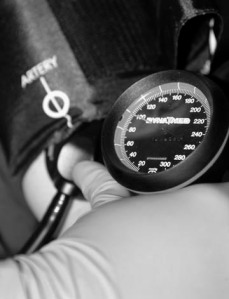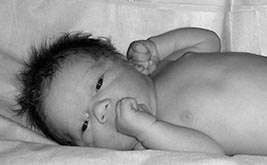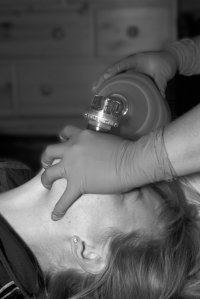The association between systolic blood pressure on arrival at hospital and outcome in adults surviving from out-of-hospital cardiac arrests of presumed cardiac aetiology
Resuscitation. Available online 12 December 2013
The optimal blood pressure target following successful resuscitation from out-of-hospital cardiac arrest (OHCA) is uncertain. This study aimed to explore the association between level of systolic blood pressure (SBP) on arrival at hospital and survival to hospital discharge.
Methods
The authors analysed eligible OHCAs occurring between January 2003 and December 2011 from the Victorian Ambulance Cardiac Arrest Register (VACAR). Inclusion criteria were: adults (≥18 years), presumed cardiac aetiology, not paramedic witnessed, and ROSC at hospital arrival. Multivariate logistic regression models were performed by initial rhythm (shockable/non-shockable) to examine the relationship between SBP at hospital arrival in 10 mmHg increments and survival to hospital discharge. Models were adjusted for known predictors of survival, including duration of arrest.
Results
Of 3620 eligible cases, 14% were hypotensive (SBP < 90 mmHg) on hospital arrival (10% shockable and 19% non-shockable). For patients in shockable rhythms, discharge survival was maximal at 120–129 mmHg (54%), and in the adjusted model (≥120 mmHg as reference) SBP decrements below 90 mmHg were associated with lower survival: 80–89 mmHg AOR = 0.49 (95% CI: 0.24–0.95); <79 mmHg AOR = 0.24 (95% CI: 0.10–0.61); unrecordable AOR = 0.10 (95% CI: 0.04–0.30). In patients found in non-shockable rhythms, SBP was not significant associated with discharge survival (AOR = 1.01, 95% CI: 0.89–1.15).
Conclusions
In an EMS system using intravenous adrenaline and fluids to maintain post-resuscitation SBP at 120 mmHg, hypotension on hospital arrival was relatively uncommon. However, in presumed cardiac OHCA patients with an initial shockable rhythm, SBPs below 90 mmHg was associated with significant lower odds of survival to hospital discharge. This level of hypotension may indicate patients who require more aggressive post-resuscitation blood pressure management.
http://www.sciencedirect.com/science/article/pii/S0300957213008976






